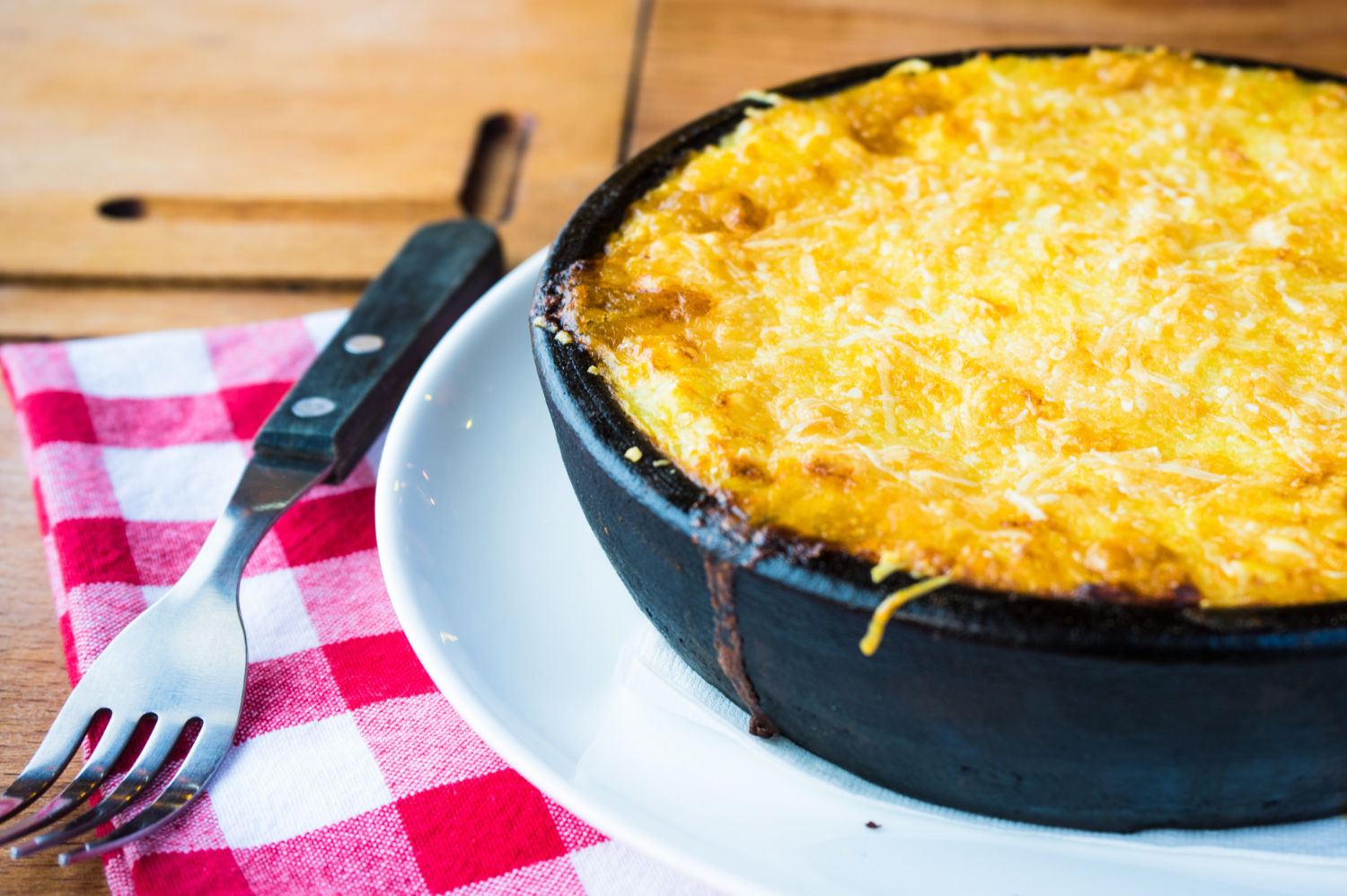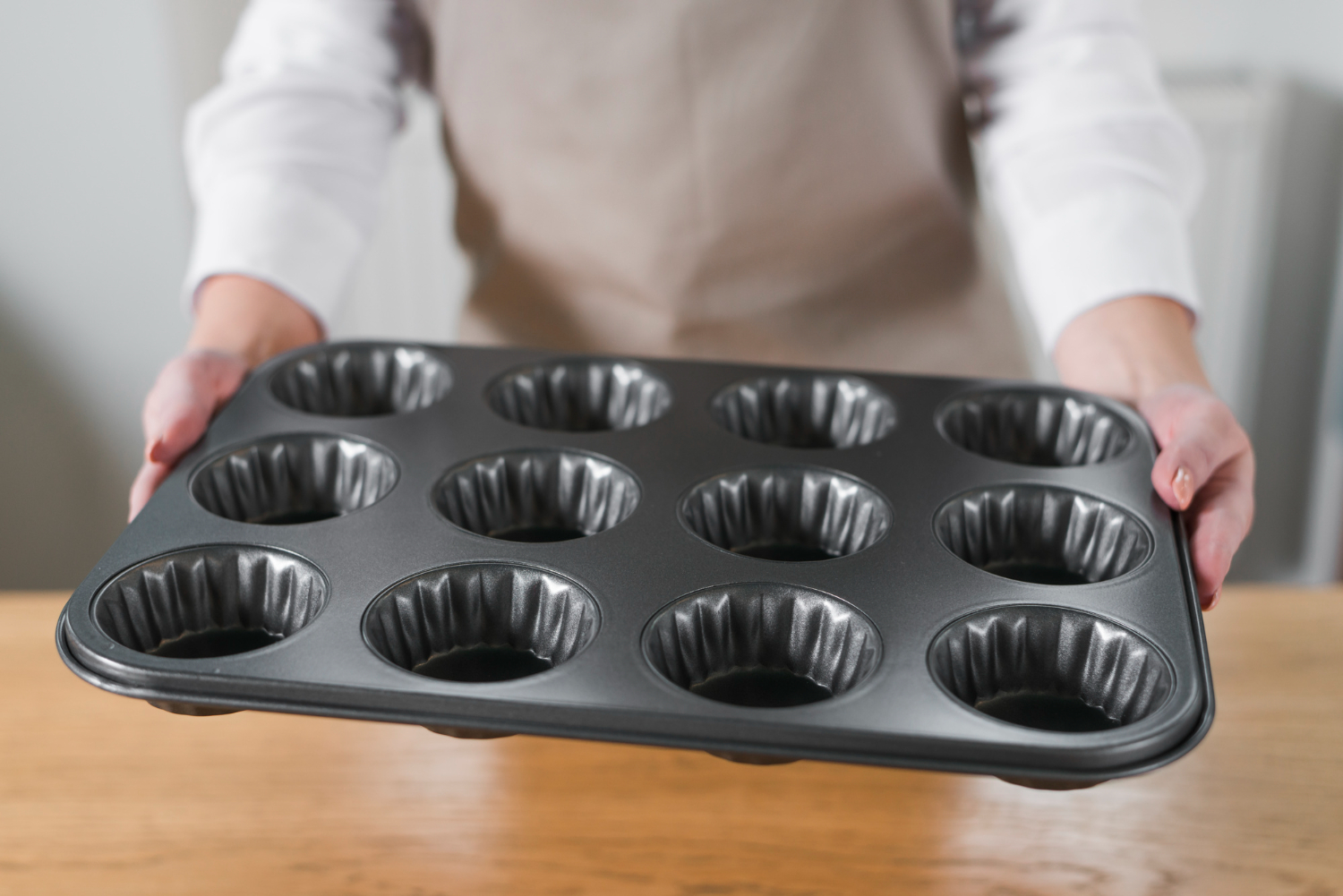Baking is a craft as well as a science. Just as every food item is intended for a recipe, so does the type of pot you are using. In addition, various baking pan materials are behaving in the oven differently, which can really throw off a recipe’s bakery time. Baking times depend heavily on the baker’s material. Still, when you know how every material reacts, you can adjust the baker’s temperatures and times accordingly.
Suppose you put something into the oven to bake. In that case, the ideal scenario is to transfer the heat from the air around the pan even smoothly across its sides and, in turn, through the batter or the dough. The magic occurs when the ingredients warm up. Leavening agents are activated, things get up and are finished while the kitchen smells heavenly.
Your results can be dramatically different depending on whether you have baked your recipe in a glass or metal pot. Stoneware, another common material in the kitchens of bakers, has its own behavior.

Is Stoneware Better Than Metal?
What is stoneware?
Stoneware is a type of clay that was fired to produce solid, safe, and chip-resistant materials at a very high temperature. The approximate temperature for firing stoneware is 2.185°F, and the process takes approximately 12 hours. Stoneware is known for its durability and strength. Moreover, it is safe to use in the oven at any temperature. It is thus widely used for the production of various cookware and bakery products.
Stoneware is a hard material that is chemically inert. This chemical stability makes the cooking food safe for stoneware vessels. However, since natural clay stoneware is made, cheap brands may contain trace amounts of plum, cadmium, and others that may emit toxins into food.
Stoneware made in Canada and the United States shall be tested and comply with the applicable regulations governing food contact. To ensure they meet FDA and California Proposal 65 compliance standards for food-safe surfaces, stoneware products should be tested by an independent laboratory.
You must carefully check whether the stoneware you shop for is made with plumb-free clay and can therefore be used for food cooking. Buy stoneware from a reputable manufacturer only and check the specifications to ensure it is free of lead.
What is metalware?
Aluminum, anodized aluminum, aluminum, stainless steel, aluminum carbon steel, tinted steel, and chromium-plated steel are standard materials used in baking pans.
- Aluminum is very versatile and produces baking results as even as possible. It is lightweight, does not rust, and has long-lasting effects.
- Black steel is a superior thermal conductor and distributes it consistently across the pan quickly. As a result, it nicely browns food and makes thicker crusts. Black steel must be thoroughly dried and lightly oiled after washing to prevent rusting.
- Stainless steel, because it can be soaked, scoured, and polished, is durable, shiny, and easy to clean. It is, however, a poor heat conductor and therefore not recommended for baking.
- Tinned steel is an outstanding heat conductor. It slowly and uniformly transfers heat. A disadvantage is that tin can very easily rust and requires special care to avoid this. The pot needs to be thoroughly dried or placed in a warm oven after use to ensure that all moisture has evaporated. After washing, a light oil coating prevents rusting.
Is It Better to Bake in Ceramic or Metal?
In general, people tend to use metal baked goods rather than ceramics. It is light, easy to maintain, and cost-effective, and it makes baking even more consistent. In addition, aluminum metal cookware is an excellent heat conductor, which means that baked goods are browned uniformly and do not rust.
But these aren’t the only reasons for metal. In small kitchens, metal panels are virtually indestructible. So it’s suitable for cakes, bars, pies—aluminum is good for bread and focaccia, loaves, and rolls. Also, since metal is heated faster than glass, it helps to increase and to crisp brown edges.
In comparison, glass bakery is heavier than aluminum and more expensive. In addition, because glass is not an insulator, it is slow to heat, but it keeps the heat for longer when it is hot. This may lead to uneven baking: When the inside is baked, the outside is often overcooked, dry or dark.
Save your glass pans for lasagna, casseroles, baked eggs, piñon, and doughnut bread pudding. Ceramics are easy to clean; they’re so smooth and naturally nonstick, they’ll keep your kugel warm as it sits on the table. Glassware for baking also won’t cause discoloration or off-tastes when you’re slow-roasting tomatoes or other acidic foods.
Does Baking in Stoneware Take Longer?
For thousands of years, stoneware cookware has been used. The long service life and usability of stoneware make it ideal for baking, slow cooking, and serving food. Stoneware has recently made a comeback and is one of the most popular materials for bakery production. Its heat resistance and uniform baying characteristics prefer other materials such as stainless steel, cast iron, aluminum, and tempered glass.
Stoneware foods have a cleaner flavor than metallic cookware foods. For example, bread baked in a loaf of stoneware will be more crushing than baked on a metal plate. Unglazed stoneware is famous for light and crispy foods. The rustic aesthetic makes stoneware perfect for family reunions and special occasions.
Stoneware dishes in both conventional and microwave ovens are safe for use. These multi-purpose dishes can be used for all kinds of pizzas, crusty bread, and evenly browned cookies. Stoneware pans and pots can be put in a fridge or in a freezer to store food. However, ensure that sudden temperature changes are avoided.
Sudden temperature changes can lead to stoneware cracking. To prevent thermal shock, allow the pot to cool before it goes into the freezer, chiller, or clean under cold water. When you have removed the pot from the freezer, wait until the room temperature reaches before placing it in the oven or microwave.
Use the exact baking times and temperatures with stoneware as with other bakers to adjust your cooking time. Your food needs an additional 1-2 minutes to be baked.

